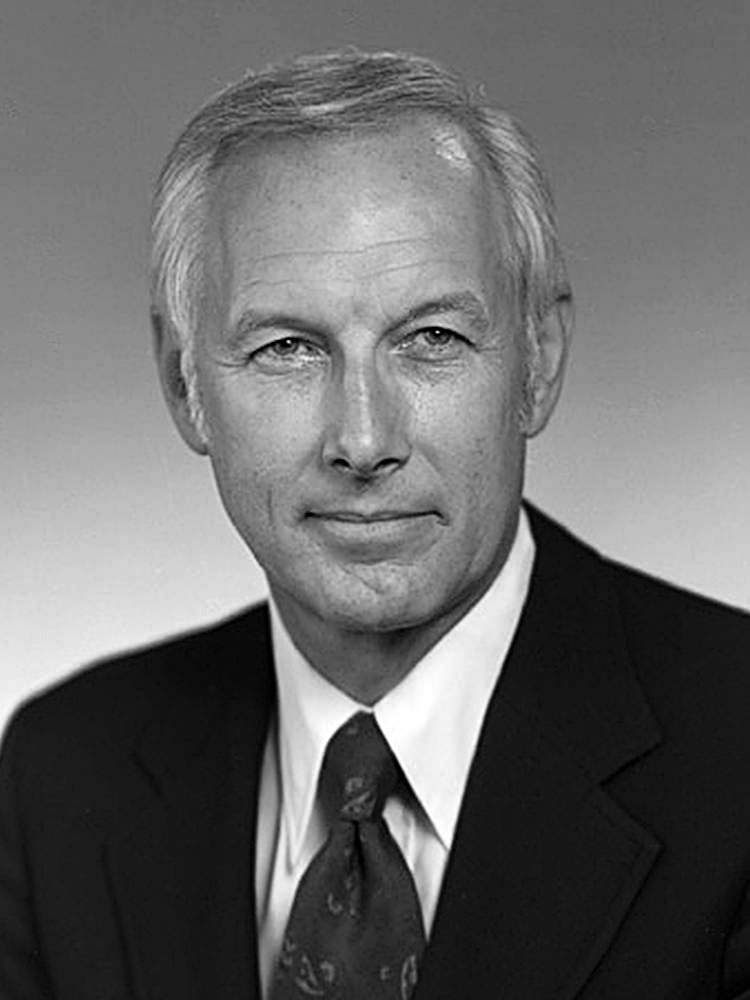James Zumberge

Chancellorship Dates
January 1, 1972 - September 30, 1975
Degrees
- B.S., geology, University of Minnesota
- Ph.D., geology, University of Minnesota, 1950
Born
December 27, 1923 - Minneapolis, MinnesotaDied
April 15, 1992 - Pasadena, CaliforniaInterment
Elliott Cemetery, Teton County, WyomingJames Herbert Zumberge was a renowned explorer of the Antarctic (important enough to discoveries on that continent that two land features there, Cape Zumberge and the Zumberge Coast, bear his name) and was ten years into a second career as a university administrator, first the presidency of Grand Valley State College in Michigan, then a deanship in the College of Earth Sciences at the University of Arizona, at the time he came to lead Nebraska in 1972.
The University he entered in that year was, as was the nation, marked by innovation as much as by strife. The still-recent reorganization of the University of Nebraska into a system, one effect of which was the separation of the prestigious medical center from the institution that had founded it, created competing priorities — and significant stresses — as state funds were reapportioned among the member institutions of the system. In addition, whole academic programs, such as the College of Pharmacy, which had been a University of Nebraska (in Lincoln) college since the 1915, was sent to Omaha (to join the Medical Center). Whatever the wisdom of any of these decisions in particular or in aggregate, such upheaval tended not to support successful, long term administrative leadership.
Zumberge's most significant contribution was the formation of the semi-independent Institute of Agriculture and Natural Resources after the state's agriculture industry pushed a bill with the aim of creating an agricultural college as a peer of UNL, UNO and UNMC.
In the summer of 1975, Zumberge accepted the presidency of Southern Methodist University, rather abruptly ending his two-and-a-half-year tenure at Nebraska. In 1980 he would leave SMU for the University of Southern California, where he would serve for eleven years and retire in 1991 as one of that institution's most consequential leaders.